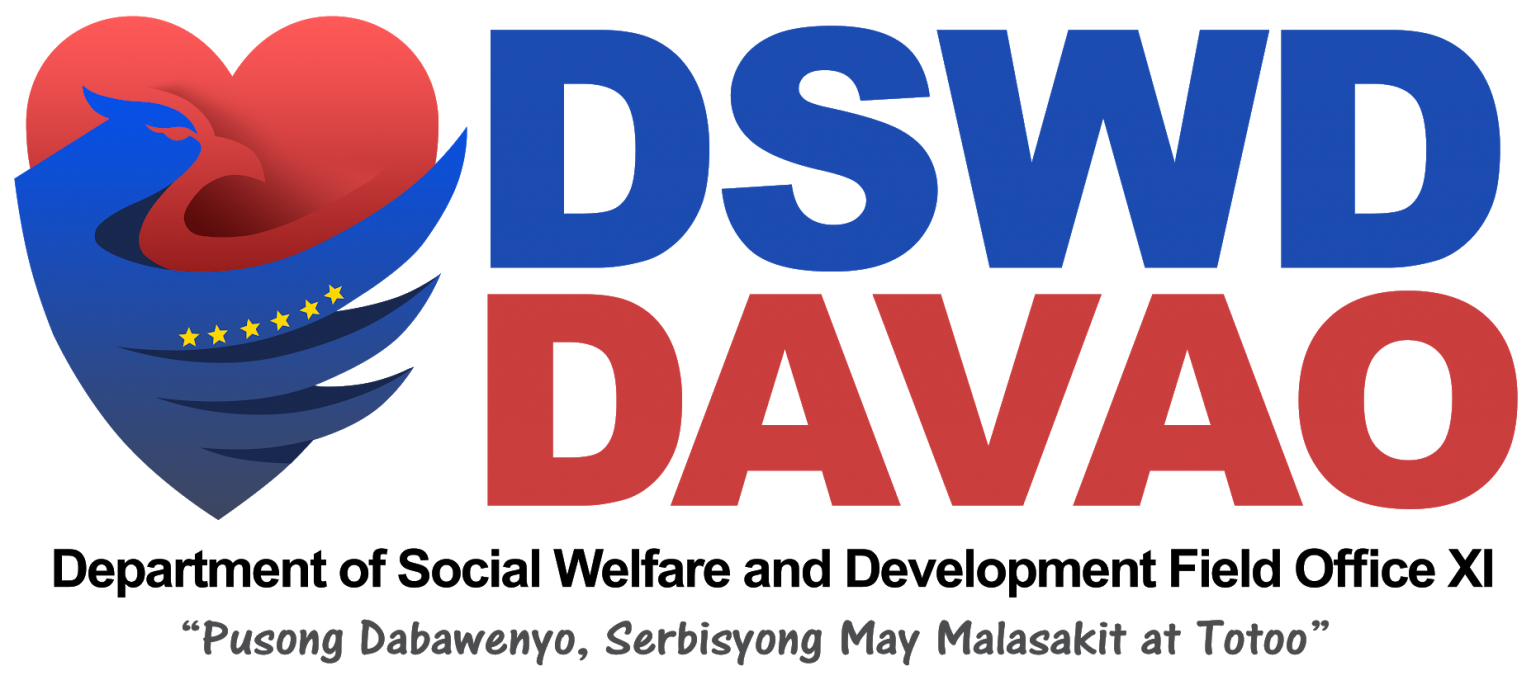Kalahi-CIDSS
Kalahi-CIDSS, otherwise known as
the Kapit-Bisig Laban sa Kahirapan-Comprehensive and Integrated Delivery of Social
Services, is one of the poverty alleviation programs of the Philippine
Government being implemented by the Department of Social Welfare and Development
(DSWD). It uses the community-driven development (CDD) approach, a globally
recognized strategy for achieving service delivery, poverty reduction, and good
governance outcomes.
Started
in 2003, its scale-up was approved on 18 January 2013 by the National Economic
Development Authority (NEDA) Board, which was headed by President Benigno Aquino III.
CDD:
- Helps
communities in poor municipalities identify challenges around reducing
poverty and make informed decisions on a range of locally identified
options for development, including how this is made and in what form;
- Gives
control of resources to address local poverty to communities; and
- Builds
the capacity of both state (including local governments) and civil society
stakeholders to provide assistance and respond to calls for support from
poor communities as they implement development initiatives.
- The
development objective of Kalahi-CIDSS is to have
barangays/communities of targeted municipalities become empowered to
achieve improved access to services and to participate in more inclusive
local planning, budgeting, and implementation.
Development
Objective of NCDDP:
- To
have barangays/communities of targeted municipalities become empowered to
achieve improved access to services and to participate in more inclusive
local planning, budgeting, and implementation.
- NCDDP
aims to:
- Empower
communities by treating them not as passive recipients of assistance and
services but as partners in development;
- Improve
local governance by improving people’s engagement with and access to their
LGUs, thereby making it more democratic and participatory;
- Reduce
poverty by implementing barangay-level projects that respond to the
communities’ felt needs and problems.
NCDDP is
expected to achieve the following benefits for communities:
- Better
access to basic services;
- Improve
core local poverty indicators in project municipalities;
- Increase
percentages of households that report an increase in knowledge, skills,
and confidence to participate collectively in local governance activities
in project municipalities;
- Improve
the attendance of members from marginalized groups in barangay assemblies






